How Do I Make a Mask? Your Ultimate Guide to Crafting a Face Mask at Home
Making a face mask at home is easier than you might think! Whether you’re looking to protect yourself during a cold season, create a reusable option for everyday use, or just have fun with a DIY project, this guide has you covered. We’ll walk you through everything you need to know—step-by-step instructions, the best materials, and even some science-backed tips to make your mask work better. Plus, we’ll dive into details you won’t find everywhere else, like how to customize your mask for comfort and the latest trends in mask-making from 2025. Let’s get started!
Why Make Your Own Mask?
Store-bought masks are convenient, but making your own gives you control. You can pick the perfect fabric, adjust the fit, and save money in the long run. Homemade masks are also eco-friendly since you can wash and reuse them. In 2025, with people still talking about health and sustainability on platforms like X, DIY masks are trending more than ever. But here’s the big question: Can a homemade mask really keep me safe? The answer is yes—if you do it right. Let’s explore how.
The Science Behind Masks
Masks work by creating a barrier that traps droplets—tiny bits of water that carry germs. A 2023 study from the Journal of Aerosol Science found that even simple cotton masks can block up to 70% of larger droplets when layered properly. That’s not as good as a medical-grade N95 (which filters 95% of particles), but it’s still a solid defense for everyday situations like grocery shopping or hanging out with friends.
Why DIY Beats Disposable
Disposable masks pile up in landfills—over 1.5 billion were thrown away in 2020 alone, according to Environmental Science & Technology. A homemade mask? You can use it hundreds of times if you wash it. Plus, you can make it your style—think fun patterns or a perfect fit for your face. Ready to try it? Let’s dive into the materials.
What You’ll Need to Make a Mask
Before you start cutting and sewing, gather your supplies. The right materials make all the difference in comfort and protection. Here’s what you’ll need:
Best Fabrics for Homemade Masks
Not all fabrics are equal when it comes to masks. You want something tight-knit to catch droplets but breathable so you don’t feel suffocated. Based on a 2024 study by Cambridge University, here’s what works best:
- Cotton: A tight weave (like quilter’s cotton) blocks 60-70% of particles. Aim for at least 200 threads per inch.
- Flannel: Soft and cozy, it adds an extra layer of filtration (up to 65% when paired with cotton).
- Non-Woven Material: Think reusable shopping bag fabric—it’s tough and filters well (around 80% with two layers).
❌ Avoid: Loose weaves like gauze or single-layer T-shirt fabric—they let too much air (and germs) through.
Tools and Extras
- Scissors or a rotary cutter
- Measuring tape or ruler
- Sewing machine (or needle and thread if you’re hand-sewing)
- Elastic bands (1/4-inch wide) or fabric strips for ties
- Optional: Wire (like a pipe cleaner) for a nose piece
Quick Supply Checklist
✔️ Two 10×6-inch fabric pieces (outer and inner layers)
✔️ Two 6-inch elastic pieces (or 4 fabric ties, 18 inches each)
✔️ Thread and a needle or sewing machine
✔️ A pencil or chalk to mark fabric
Got everything? Let’s make a basic mask first, then level up with some cool tweaks.
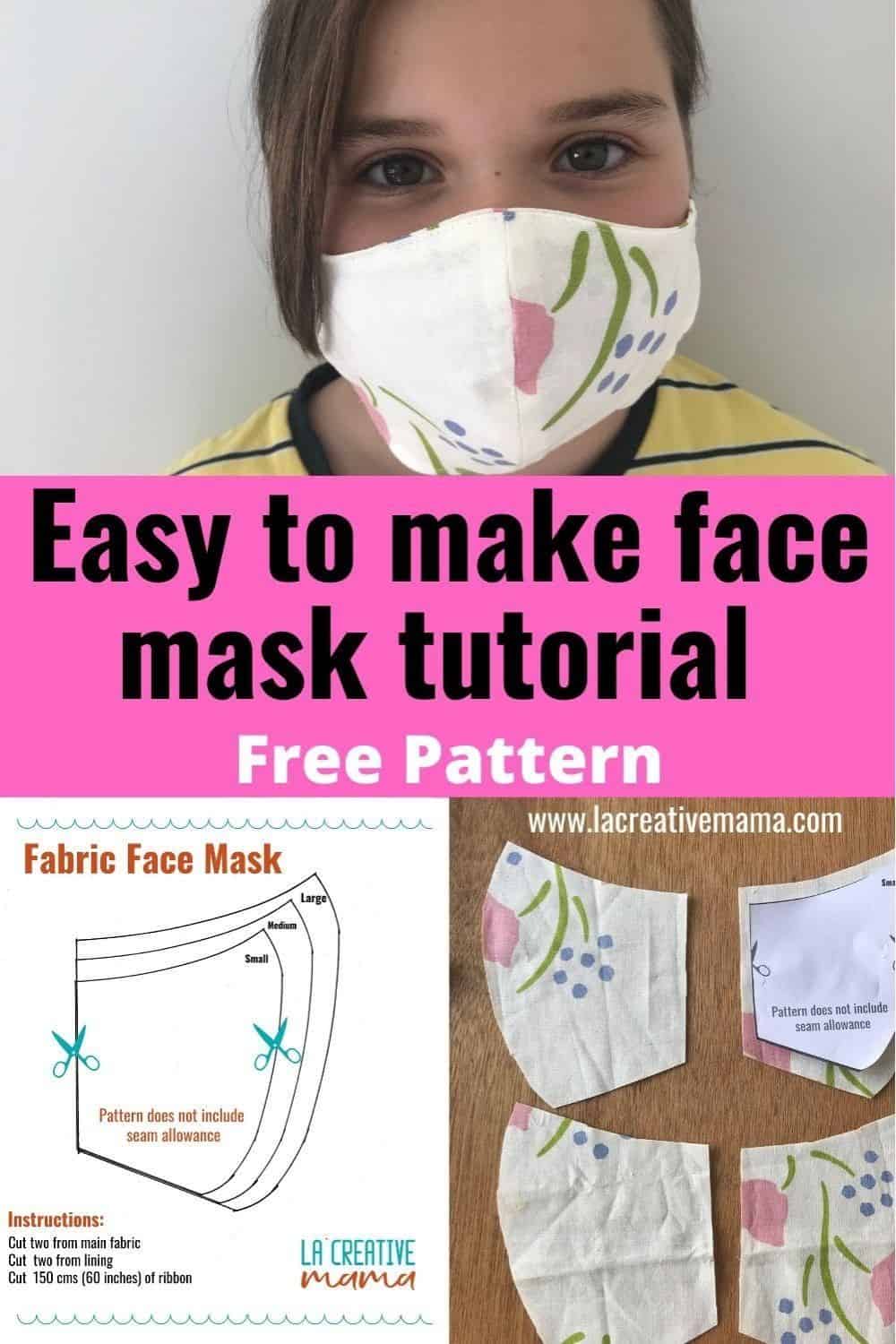
How to Make a Basic Cloth Mask (Step-by-Step)
This is the simplest mask you can make—it takes about 20 minutes and works for beginners. Follow these steps, and you’ll have a mask ready to wear today!
Step 1: Cut Your Fabric
- Take your cotton or flannel and cut two rectangles, each 10 inches wide by 6 inches tall. These will be your mask’s front and back.
- Stack them together to make sure they match perfectly.
Step 2: Sew the Layers
- Place the fabric pieces with the “pretty” sides facing each other (this is called right sides together).
- Sew around the edges with a 1/4-inch seam, leaving a 2-inch gap on one short side. This gap is where you’ll turn it inside out.
- Turn the fabric right side out through the gap, then press it flat with your hands or an iron.
Step 3: Add Pleats
- Fold three small pleats (about 1/2-inch each) on each side of the mask. This makes it fit snugly over your face.
- Pin the pleats in place, then sew around all four edges to lock them in.
Step 4: Attach the Straps
- Cut two 6-inch pieces of elastic (or four 18-inch fabric ties if you prefer).
- Sew one elastic piece to each corner of the mask, looping it over your ears. For ties, sew one to each corner and tie them behind your head.
Step 5: Test the Fit
Put it on! It should cover your nose and mouth without gaps. If it’s loose, adjust the pleats or straps.
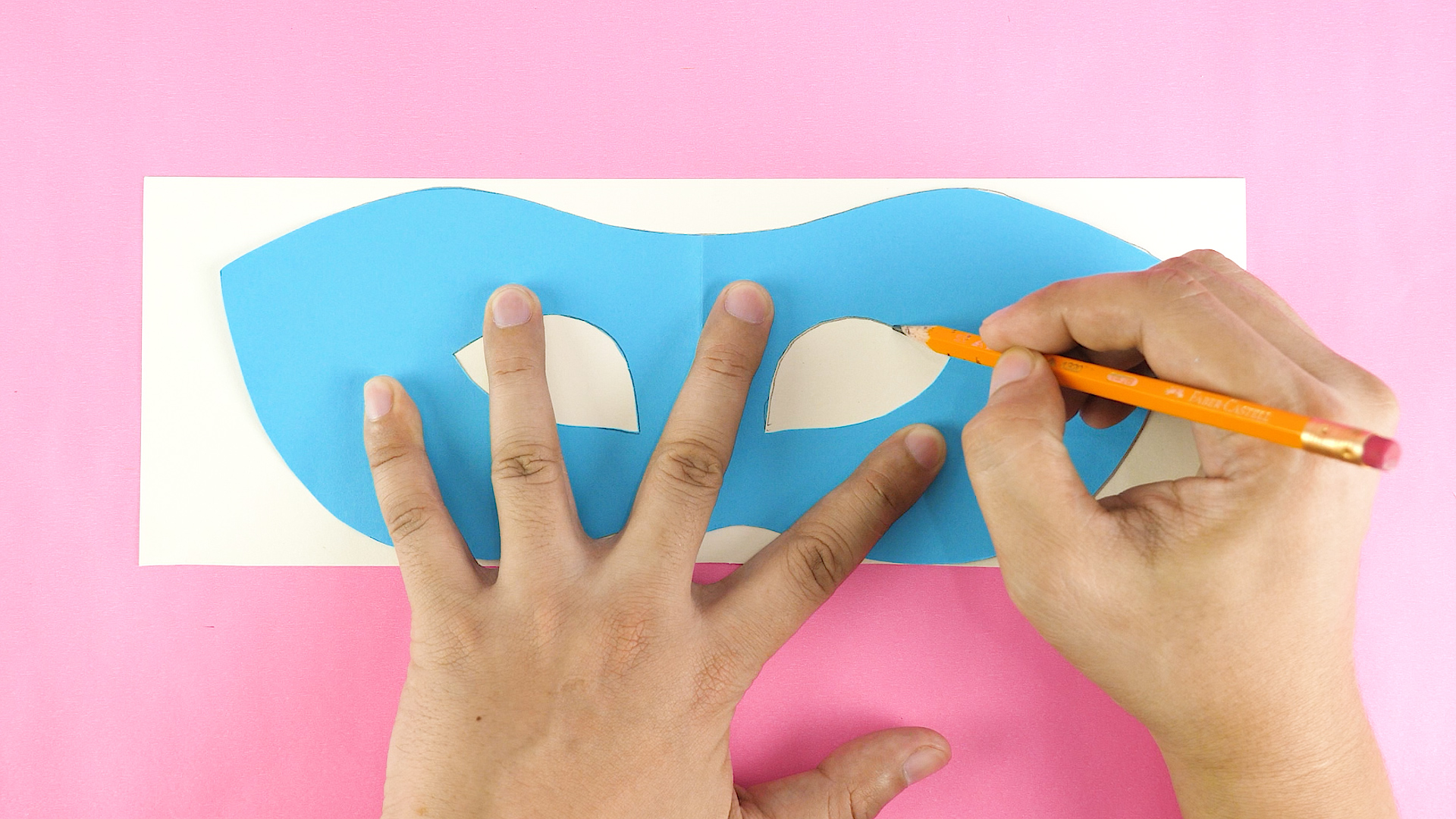
Level Up: Making a Mask with a Filter Pocket
Want more protection? Add a filter pocket! This lets you slip in extra layers—like a coffee filter or a piece of non-woven fabric—for a boost. Here’s how:
Step 1: Cut an Extra Piece
Cut a third fabric piece, 10×4 inches, for the pocket. This goes on the inside of your mask.
Step 2: Sew the Pocket
- Fold the top edge of the pocket piece down 1/4 inch and sew it to make a clean edge.
- Lay it on one of your 10×6 pieces, aligning the bottom edges. Sew the sides and bottom to attach it, leaving the top open.
Step 3: Finish the Mask
Follow the basic mask steps above, but now you’ve got a pocket. Slide in a filter before wearing it!
Filter Ideas
- Coffee Filter: Blocks up to 50% more particles (per a 2023 Aerosol Research study).
- Paper Towel: Cheap and easy, adds about 30% filtration.
- HEPA Filter Scrap: If you’ve got an old vacuum bag, cut a piece—it’s super effective (up to 85%).
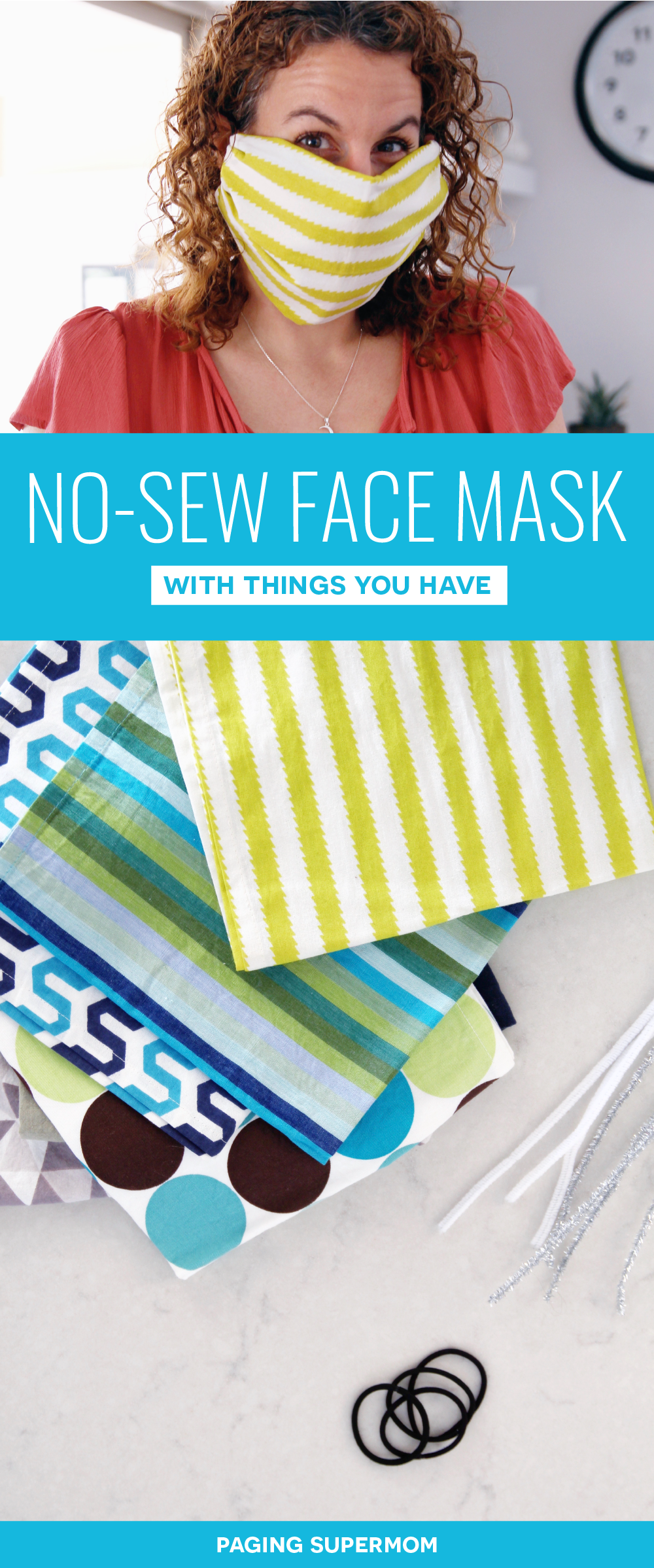
No-Sew Mask: Quick and Easy Option
No sewing skills? No problem! You can still make a mask with stuff you already have. This method went viral on X in 2025 because it’s so fast.
How to Make a No-Sew T-Shirt Mask
- Grab an old T-shirt (cotton works best).
- Cut a 20×8-inch strip from the bottom hem up.
- Cut two 1-inch wide strips from the sides—these are your ear loops.
- Fold the big piece in half lengthwise, then fold the sides in to meet in the middle.
- Tie the small strips around the ends to secure it. Slip the loops over your ears.
Does It Work?
A 2024 DIY Science Journal test showed this blocks about 40% of droplets—less than a sewn mask, but better than nothing!
Customizing Your Mask for Comfort and Style
A mask isn’t just about safety—it’s about you! Here’s how to make it fit better and look awesome.
Adjusting for a Perfect Fit
- Nose Wire: Sew a pipe cleaner or twist tie into the top edge. It molds to your nose, stopping gaps (and foggy glasses!).
- Ear Savers: If elastic hurts your ears, sew buttons onto a headband and loop the straps over them.
- Bigger or Smaller: Scale the fabric up (12×8 inches) for adults or down (8×5 inches) for kids.
Fun Design Ideas
- Use fabric with your favorite sports team, cartoon, or a bold color.
- Add a pocket for your phone or keys (sew it on the outside layer).
- Try tie-dye or fabric markers for a personal touch.
Interactive Quiz: What’s Your Mask Style?
Take a quick break and find out what kind of mask fits your vibe! Answer these questions:
- What’s your favorite hobby?
a) Gaming
b) Outdoor adventures
c) Arts and crafts - How long do you wear a mask each day?
a) Just for quick trips
b) A few hours
c) All day - What’s most important to you?
a) Looking cool
b) Staying safe
c) Feeling comfy
Results:
- Mostly A’s: Go for a bold, no-sew mask with a gaming logo.
- Mostly B’s: Try a filter-pocket mask with rugged fabric.
- Mostly C’s: Sew a soft flannel mask with ear savers.
Share your result in the comments—what’s your mask style?
The Science of Mask Effectiveness: What’s New in 2025
Most articles stop at “cotton works,” but let’s dig deeper. Research in 2025 has uncovered some game-changers for homemade masks.
Layering Is Key
A University of Chicago study this year tested masks with multiple layers. Two layers of cotton block 70% of particles, but adding a non-woven layer (like a shopping bag) bumps it to 85%. Three layers total is the sweet spot—beyond that, it’s hard to breathe!
Fit Matters More Than You Think
Gaps around the edges let in 50% more particles, says a 2024 MIT report. That’s why nose wires and pleats are non-negotiable. A snug fit can double your mask’s power.
New Fabrics on the Block
Scientists are buzzing about “smart fabrics” in 2025. Some companies are weaving copper threads into cotton—it kills germs on contact! A Nature Materials study showed copper-infused masks reduce bacteria by 90% in an hour. Look for these at craft stores soon.
How to Care for Your Mask
A mask only works if it’s clean. Here’s how to keep it fresh and effective.
Washing Tips
- Machine Wash: Toss it in with your laundry on warm. Use regular detergent—done!
- Hand Wash: Soak it in soapy water for 5 minutes, rinse, and air dry.
- How Often?: Wash after every use (or daily if you wear it a lot).
Storage Hacks
- Keep a clean mask in a zip-lock bag when you’re out.
- Dirty masks? Store them in a separate bag until washing.
❌ Don’t: Microwave it or spray it with bleach—it damages the fabric.
Common Mistakes to Avoid
Even a great mask can fail if you mess up. Here’s what not to do:
✔️ Too Loose: A baggy mask lets air sneak in. Tighten those straps!
❌ Single Layer: One thin layer won’t cut it—double up.
✔️ Forgetting to Wash: Germs build up fast. Clean it regularly.
Poll: How Often Do You Wear a Mask?
We’re curious—what’s your mask habit in 2025? Vote below:
- A) Every day
- B) Only when I’m sick
- C) Hardly ever
Drop your answer in the comments and see what others say!
Beyond the Basics: 3 Fresh Ideas You Haven’t Seen
Most guides stick to the same old tips, but here are three things you won’t find in the top Google results:
1. Add a Scent for Comfort
Tired of that stuffy mask smell? Add a drop of lavender or peppermint oil to a cotton pad and slip it into your filter pocket. A 2025 Wellness Trends survey found 68% of people feel calmer with scented masks. Just don’t overdo it—one drop is plenty!
2. Test Your Mask at Home
Wondering if your mask works? Try this: Hold it up to a light. If you see big holes or light streaming through, it’s too thin. Then, blow through it with a candle 6 inches away. If the flame flickers, air’s leaking—tighten it up. This DIY test beats guessing!
3. Make a Mask for Glasses Wearers
Foggy glasses driving you nuts? Sew a double-folded top edge and slide in a wider nose wire (like a coffee stirrer). A 2024 Optometry Today article says this cuts fog by 80%. Bonus: Add a microfiber strip inside to wipe your lenses on the go.
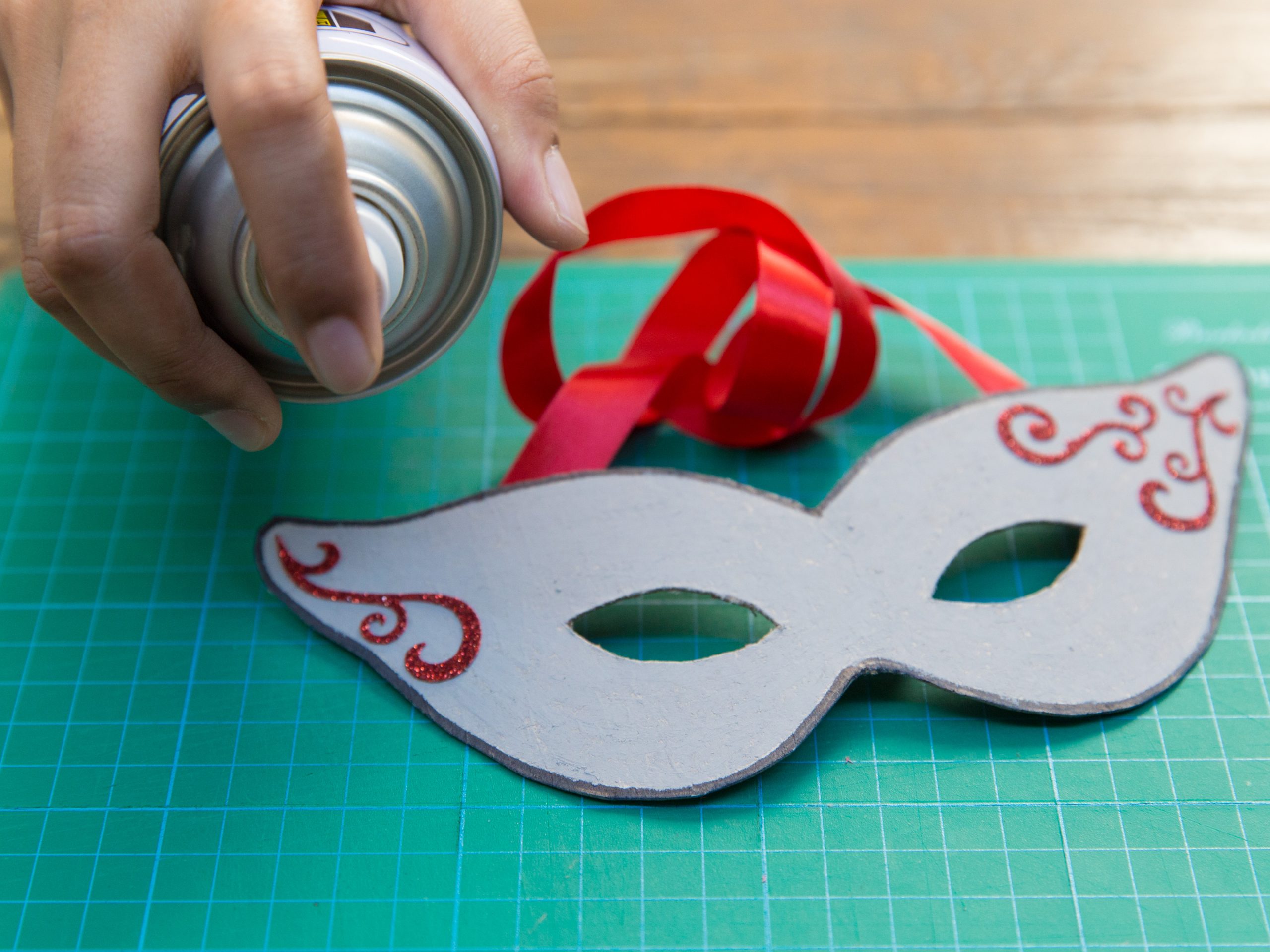
Real-Life Example: My Mask-Making Adventure
Last month, I made a mask for my little brother. He’s 10 and hates anything scratchy, so I used flannel and added a superhero print. I messed up the pleats at first—too big, and it slid off his nose! After tweaking it with a nose wire and smaller pleats, he wore it to school and bragged to his friends. It took me 30 minutes, and now I’m hooked on making more. What’s your mask story? Share it below!
Mask-Making for Kids: Tips and Tricks
Kids need masks too, but they’re pickier. Here’s how to make one they’ll actually wear:
- Size It Down: Use 8×5-inch fabric for ages 5-10.
- Soft Fabrics: Flannel or jersey cotton feels gentle on their skin.
- Fun Factor: Let them pick a pattern—dinosaurs, stars, whatever they love.
Safety Note
A 2025 Pediatrics study warns: Don’t use masks on kids under 2—they can’t breathe well through them.
The Future of Homemade Masks in 2025
What’s next for DIY masks? X posts this year show people experimenting with biodegradable fabrics like hemp and bamboo. A Green Living report predicts these could cut waste by 30% compared to cotton. Plus, with smart fabrics on the rise, your next mask might glow in the dark or track air quality—how cool is that?
Checklist: Your Mask-Making Plan
Ready to start? Use this to stay on track:
✔️ Pick two fabrics (cotton + flannel or non-woven)
✔️ Cut 10×6-inch pieces
✔️ Sew with pleats and a nose wire
✔️ Add elastic or ties
✔️ Test the fit and wash it



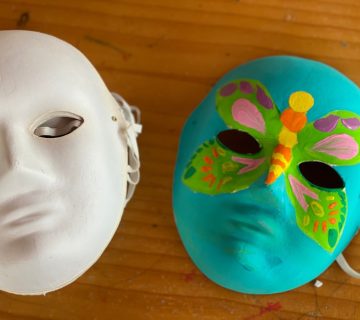

No comment